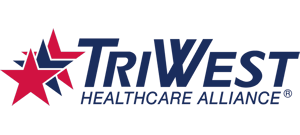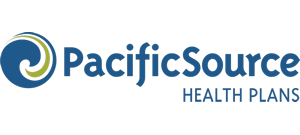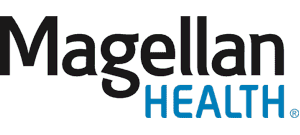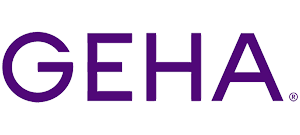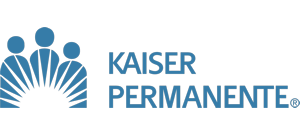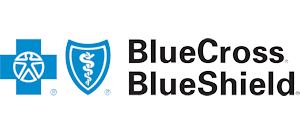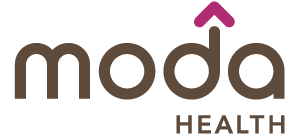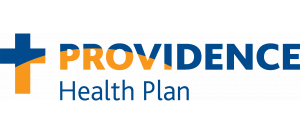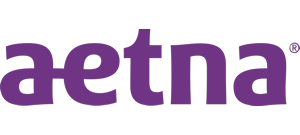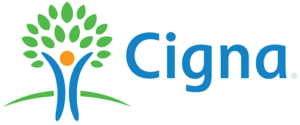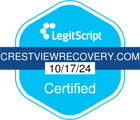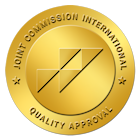Thanks to advancements in technology and a higher understanding of substance use and addiction, multiple programs can treat addiction. One example is a biofeedback therapy program. However, what is biofeedback therapy, and how does it help? The name alone is enough to cause confusion.
What Is Biofeedback Therapy?
A lot goes into understanding biofeedback therapy. However, the short explanation is that it’s a type of non-drug treatment. It helps people learn to control bodily processes that typically occur involuntarily.
Biofeedback can help people in many ways. In fact, it first emerged as a way to help people control heart rate, blood pressure and muscle tension. Now, biofeedback therapy can help them with mental and behavioral disorders, such as addiction.
How Does Biofeedback Help People Who Struggle With Addiction?
A biofeedback therapy program can help those with addiction in many ways. Some of them directly target the addiction, while others target the underlying causes of the addiction. How biofeedback helps with addiction depends greatly on people’s triggers and the source of the problem.
For example, stress is a common trigger that leads to addiction. Using biofeedback therapy, people can learn to manage stress properly. It gives them an edge in overcoming the trigger, which allows them to avoid relapse too.
It’s also worth pointing out that biofeedback helps people with mindfulness meditation. This process involves letting go of negative thoughts and emotions. Often, these negative emotions lead to drug abuse in the first place.
Lastly, biofeedback helps people control chronic pain and migraines. This benefit is important since people with addiction can’t rely on prescription pain medications. Because of that, they need other ways to manage pain. Fortunately, biofeedback can help.
How Does Biofeedback Work?
Experts can use biofeedback in a few different ways. Most of the time, the treatment revolves around getting visual feedback while learning to control certain bodily functions. The visual feedback makes it easier for people to work with their bodies to achieve the desired results.
To get these visuals on bodily functions, people have to wear sensors during biofeedback training. These sensors connect to a computer that provides a visual output of information. Then, they can see how to adjust their response to stimuli.
Learn More About Biofeedback Therapy
Do you want to know more about what is biofeedback therapy? Do you want to find out if it’s right for you? Consider visiting Crestview Recovery. We can provide the information that you need to get the most out of this treatment. We also offer other programs, such as:
Family Counseling
Family counseling can help family members learn how to communicate better, understand and support each other, and resolve conflict. It can also help families develop a plan to cope with stressful situations, such as a loved one’s relapse.
Dual Diagnosis Treatment
Dual diagnosis treatment is when someone is diagnosed with both a mental illness and a substance use problem. This can be difficult to treat because the two disorders can interact with and amplify each other. Dual diagnosis treatment focuses on treating both disorders at the same time.
Intensive Outpatient Rehab
An intensive outpatient program (IOP) is a type of treatment program that provides highly structured care for people struggling with addiction. IOPs typically involve group therapy, individual therapy, and other types of counseling, all of which are designed to help people recover from substance use. IOPs can be an effective step down from inpatient care, or they can be used as a standalone treatment option.
Outpatient Treatment
Outpatient treatment for addiction is a type of care that allows people to live at home and receive regular treatment during the day. It can be an effective option for people who have a strong support system at home and are motivated to stay sober. Outpatient treatment typically includes individual and group therapy, as well as medication-assisted treatment if necessary.
Aftercare Programs
Aftercare programs are designed to help people in recovery from addiction maintain their sobriety and live a healthy, productive life. Aftercare programs can include individual or group therapy, 12-step meetings, and other support groups. These programs can provide essential structure and support during the early stages of recovery, when people are most vulnerable to relapse.
It’s Time to Take Your Life Back From Addiction
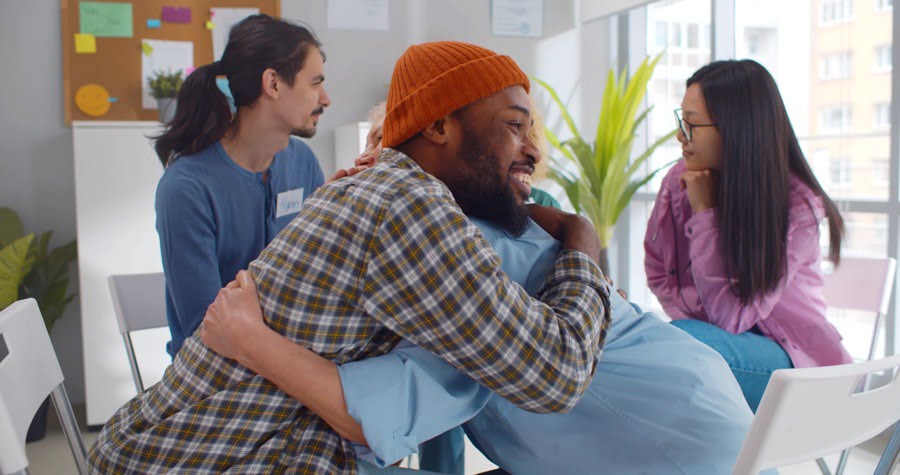 Don’t live with your addiction any longer. The good news it that you don’t have to. Learn more about what is biofeedback therapy and what it can do for you. Reach out to us at 866.262.0531 to see how we can help you.
Don’t live with your addiction any longer. The good news it that you don’t have to. Learn more about what is biofeedback therapy and what it can do for you. Reach out to us at 866.262.0531 to see how we can help you.













